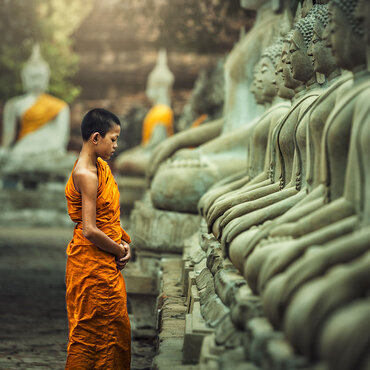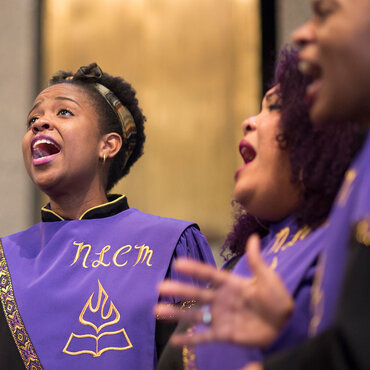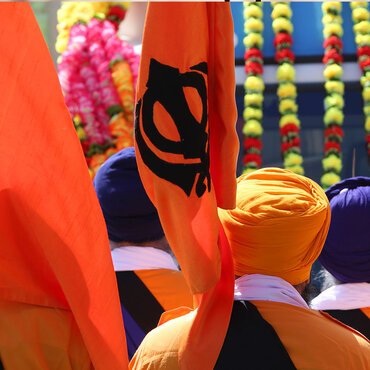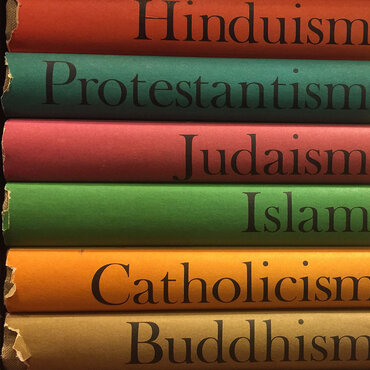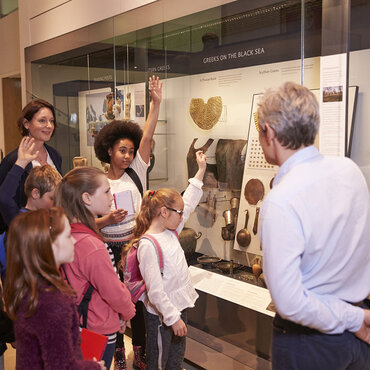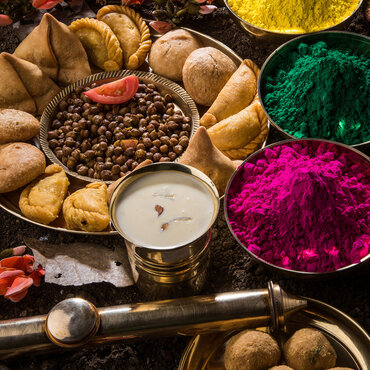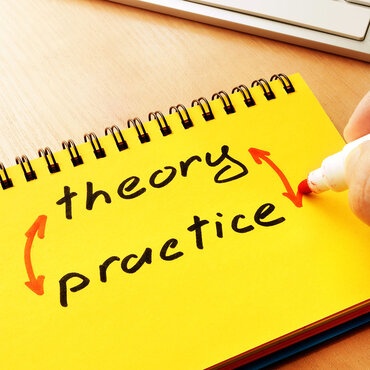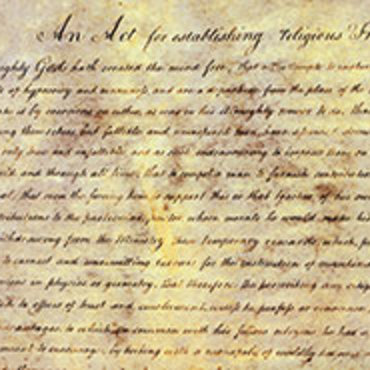
Hindu Traditions
This three-module course demonstrates how the Introduce-Investigate-Intersect-Introspect model can be utilized to explore religious identity formation within Hindu traditions.
Get even more great free content!
This content contains copyrighted material that requires a free NewseumED account.
Registration is fast, easy, and comes with 100% free access to our vast collection of videos, artifacts, interactive content, and more.
NewseumED is provided as a free educational resource and contains copyrighted material. Registration is required for full access. Signing up is simple and free.
With a free NewseumED account, you can:
- Watch timely and informative videos
- Access expertly crafted lesson plans
- Download an array of classroom resources
- and much more!
- Religious Literacy
- Educator
Benjamin P. Marcus is a fellow and former Religious Literacy Specialist with the Religious Freedom Center of the Freedom Forum Institute, where he examines the intersection of education, religious literacy and identity formation in the United States. He has developed religious literacy programs for public schools, universities, U.S. government organizations, and private foundations in the U.S. and abroad.
Andrew Henry is scholar of religious studies. His research focuses on the religions of the late ancient Mediterranean world, particularly on the material culture of early Christianity. Andrew also has interests in the intersection of social media technology and religious studies pedagogy and is the founder of the educational YouTube channel Religion for Breakfast.
If this is your first Religious Traditions course, we recommend familiarizing yourself with key frameworks used in religious studies before beginning. Methods of Religious Studies – Review
- Introduce themselves to the tradition
- Investigate internal diversity in Hindu traditions
- Explore the intersections of Hindu traditions with art
Reflect
As you begin an exploration of Hindu traditions, consider the following questions:
- What do you know/think you know about Hindu religious traditions?
- Where did you learn this information? Do you believe these sources are credible? Why or why not?
- Have you personally spoken with someone who self-identifies as Hindu about their religious identity or religious tradition?
Introduction
Read the following short essays from Harvard University’s Pluralism Project:
- “Introduction to Hinduism” by Andrew Henry
Return to the reflection questions above and review the responses:
- What have you learned in this module that has changed or deepened your understanding of Hindu traditions?
Investigation
- Read the short essay “Home Altar”
- “Hindu Puja” by the Pluralism Project at Harvard University
- Did the featured articles adequately address the INTERNAL DIVERSITY of the beliefs, behaviors, and experiences of belonging in Hindu traditions? Provide specific examples.
- Given the diversity of Hinduism, is it more appropriate to speak of a “Hinduism” or multiple “Hinduisms?”
Intersection
- Nancy Eder and Amy Raffel, Hindu Art and Architecture Before 1300, Art History Teaching Resources
- Priscilla Frank, Photographer Manjari Sharma Transforms Hindu Deities Into Contemporary Photograph, Huffington Post, December 9, 2014
- Abused Goddesses’ Shows Shocking Images Of Hindu Deities For Campaign Against Domestic Violence In India, Huffington Post, September 6, 2013
- How is Hinduism portrayed negatively or positively in the different works in this module? Give a specific example.
- What intersections do you see between the cultures and contexts in which the different works originated and the ways in which Hinduism is represented?
- How do the portrayals of Hinduism serve a broader political, artistic, or personal purpose?

